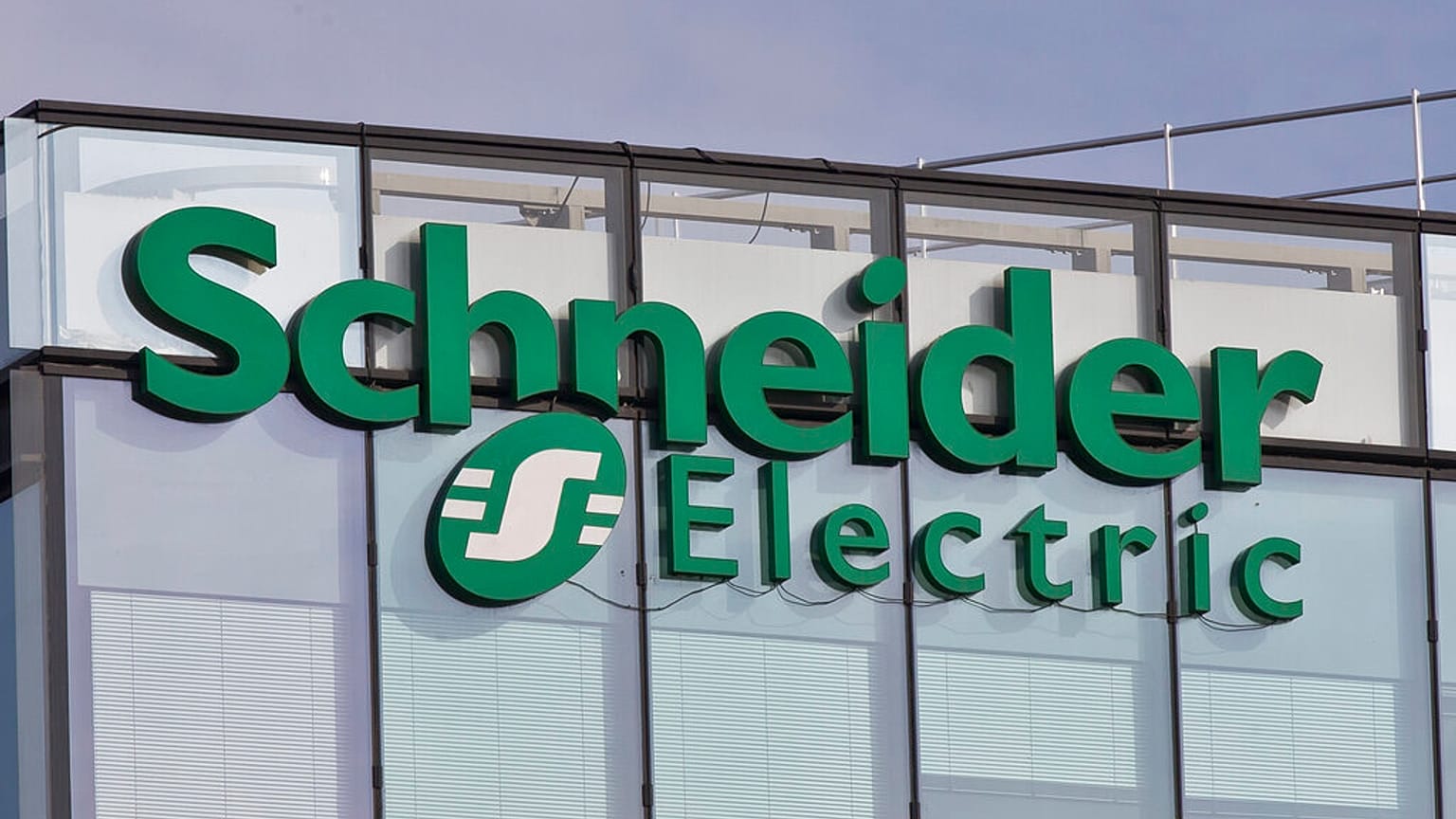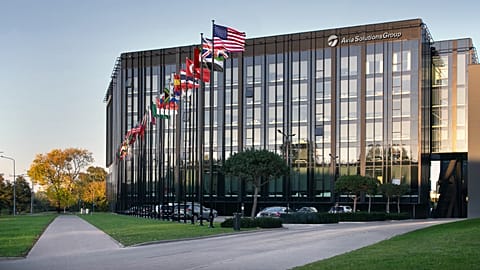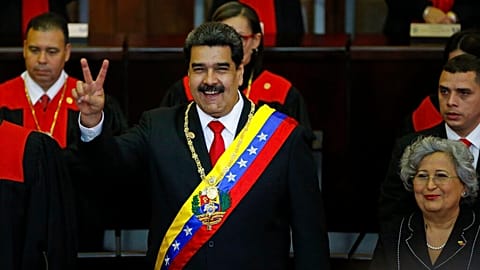AI and digitalisation are crucial for the necessary energy transition and to lower CO2 emissions, says the CEO of Schneider Electric, which is launching new solutions at its Innovation Summit in Paris.
The world could save $2 trillion (€1.85 trillion) by 2030 if it implements the necessary technology to decarbonise the energy sector, according to Schneider Electric.
"We have the technology to get rid of 70% of CO2 emissions that are generated by energy," said CEO Peter Herweck as he called on global leaders from across industries to speed up their efforts.
The CEO of the French multinational company, specialising in digital automation and energy management, was speaking at the company's flagship Innovation Summit in Paris on Wednesday.
It chose the occasion to announce a number of new solutions, including AI-driven ones, in an effort to accelerate the energy transition.
Emphasising the need for immediate action, Herweck pointed out that 80% of the CO2 emissions generated today was related to energy. But, he added, only 45% was related to generating energy. That meant 55% was related to the demand side - consumers, in other words - therefore consumers could have a surprisingly strong impact on lowering emissions.
How energy consumption is going to accelerate across the globe
An increasing need for energy will be mainly driven by population growth and also by giving access to people who do not currently have it, Schneider Electric's CEO said, as he explained that the company anticipates some three billion more people will be in need of energy by 2050.
He expects India, the Middle East and Africa to drive that increase in need and, in those three areas only, sees the necessity for the construction of 100 billion square metres of buildings by 2050. "And it needs to be done in a sustainable way."
"We need to use less, but we will be consuming more," he summarised as he spoke about his vision for the future of the energy landscape.
How AI can drive the change
According to Herweck, the solution to lower carbon emissions from the energy sector lies in combining automation, electrification and digitisation. Data centres and artificial intelligence (AI) are in the forefront of their solutions. Investments today are showing a return within 10 years.
Schneider Electric has launched new services, including a new supply chain decarbonisation programme for the minerals and metals industry, a crucial sector for the future of renewable technologies as it provides necessary rare earths and similar materials to produce EV batteries and solar panels, among others.
The initiative called "Materialize" is a platform where companies dealing with critical resources and materials share their know-how on how to decarbonise their operations. They can also carry out renewable power purchase agreements (PPAs) to reduce carbon emissions across global value chains which typically account for more than 70% of a business’s carbon footprint.
Another trend, the company believes, is that "we all have to manage electricity at home". Schneider Electric is tackling that with their platform called Resi9 Energy Center, a home energy management system, that helps homeowners to be a "good shepherd" of their energy resources.
That is where artificial intelligence comes in and, ideally, does the calculations to lower energy consumption by, for example, providing information on when to charge the car or when to sell the excess energy the solar panels produced on the roof.
The idea is similar when it comes to tackling the need to lower consumption across the various industries.
According to Schneider Electric, sharing data, via, for example, data centre partnerships, is crucial to reach net zero. Generative AI takes part in this process, where sharing data allows companies to analyse good practices, build digital twins, a virtual representation of any operation or problem - all this, to lower unnecessary consumption and tackle energy efficiency which is "half the job," according to Herweck.
Europe needs to remove some bureaucratic barriers
Europe, as well as many other parts of the world, is behind its targets to reach its net zero goals by 2050. To speed up the adoption of clean energy deployment, the European Commission published its REPowerEU plan in May 2022.
Other initiatives have also been adopted to help the green transition, including the European Green Deal.
Yet, the development of the energy transition is behind. "We are not at the scale that is necessary to reach the target," said Gwenaelle Avice Huet Schneider Electric's Executive Vice President of Europe, adding that it is not investments that are missing, it is the administration, that is very long.
She urged policymakers to accelerate the necessary procedures. "Now it is all about actions, how to make that happen."
The EU still spends €1 billion a day on importing energy, raising questions about the bloc's competitiveness. The Vice President emphasised that the goal is to build on renewable energy in Europe, and increase competitiveness. "We have to demonstrate that it goes hand in hand with sustainability and it not one or the other".


















